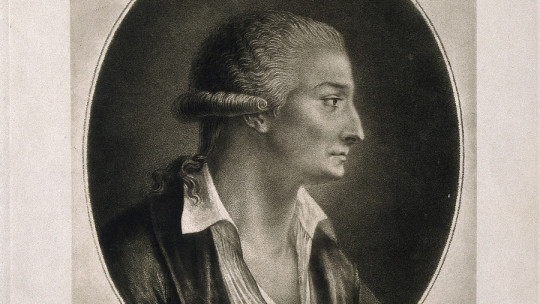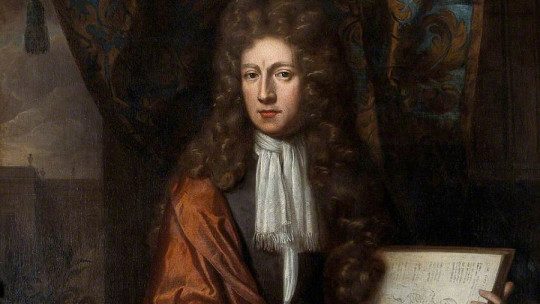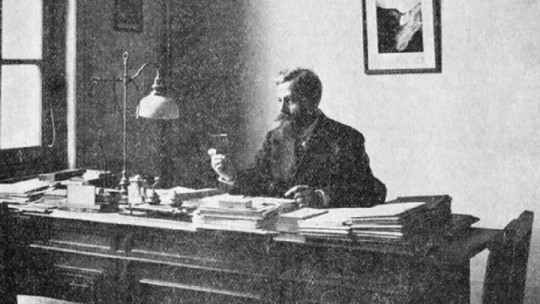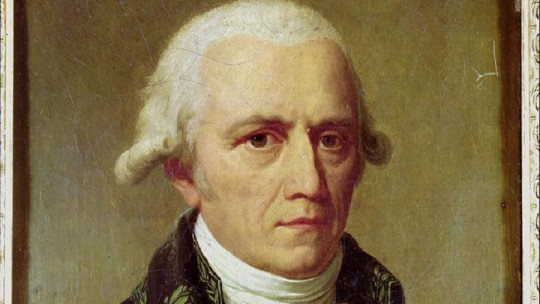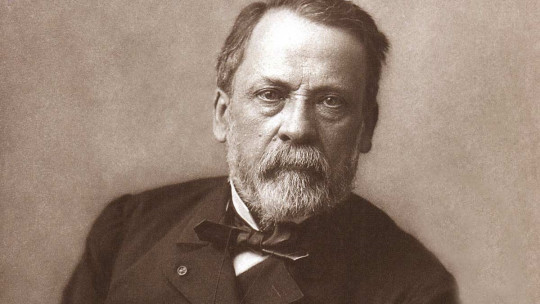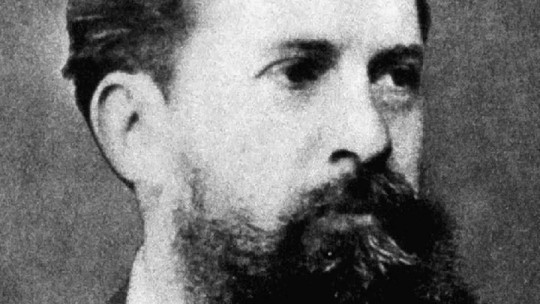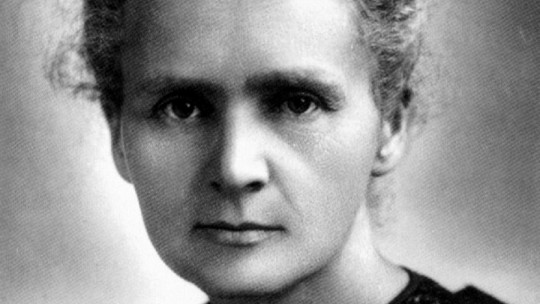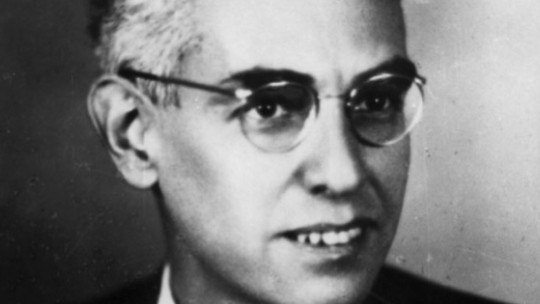Antoine Lavoisier (1743-1794) was a French scientist known as the father of modern chemistry. Through his experiments this discipline was first considered an exact science. Furthermore, Lavoisier’s works allowed us to learn about some vital mechanisms about the activity of matter and chemical elements.
We’ll see now a biography of Antoine Lavoisier and an explanation of his main scientific contributions
Antoine Lavoisier: biography of the father of modern chemistry
Antoine-Laurent de Lavoisier, better known as Antoine Lavoisier, was born in Paris on August 26, 1743. He grew up in a middle-class family under the care of his aunt, due to the early death of his mother.
From 1754 to 1761, Lavoisier studied humanities and sciences at the Mazarin College, under the tutorship of the astronomer and mathematician Abbe La Caille, one of the first to measure the arc of the meridian. Later he studied chemistry and botany, as well as law
As a result of the latter he was admitted to the Order of Barristers, an honorary organization that promotes instruction in law. However, Lavoisier did not dedicate himself to this exercise but rather he was inclined towards scientific research with which he was admitted to the Paris Academy of Sciences in the year 1768, at the age of 25.
A year later he participated in the development of the first geological map of France and in the same context continued to carry out multidisciplinary tasks. In 1771 he married Marie-Anne Pierrette Paulze, who was quickly trained in Lavoisier’s scientific context, and later edited and published her husband’s memoirs. Lavoisier died in the guillotine of the French revolution on May 8, 1794.
5 main scientific contributions
Like other scientists of his generation, Antoine Lavoisier was trained as an expert in very diverse areas. For the same He contributed not only to modern chemistry and science but also to the humanities and literature
However, he is mostly known for having been the first scientist to carry out the first quantitative experiments in chemistry, which earned this discipline its immersion in the exact sciences. Because of this, Lavoisier is recognized as a pioneer in stoichiometry (the calculation of the properties of matter in chemical reactions).
Some of his most important experiments They are about the nature of combustion, the role of oxygen in metal oxidation, the role of oxygen in the respiration of animals and plants, and the mechanism of alcoholic fermentation. Broadly speaking, we will see below some of Lavoisier’s main contributions to chemistry.
1. Law of conservation of matter
Lavoisier intended to study all the substances involved in the reactions he studied. Through multiple experiments, he concluded that during chemical reactions, matter is not destroyed. He was thus one of the main defenders of the laws of conversation of matter. In other words, he managed to prove that in a chemical reaction, The quantity of material does not change, in any case its state is modified
2. Combustion
Perhaps Lavoisier’s most recognized scientific contribution is on the nature of combustion. He describes this as the result of the combination of oxygen with another substance. Thus, he developed a theory of oxygen and its role in combustion; what is finally constituted as an experimental chemical theory of respiration and calcination
This theory represented a challenge to the knowledge of the time, derived from the phlogiston theory, which supported the loss of mass after combustion.
3. Oxygen
Lavoisier maintained that air, necessary for combustion, is also a source of acidity. I call the particle responsible for this oxygen, which in Greek means “sharp,” meaning that the sharp taste of the acids came from said particle.
Also demonstrated that heat in animals is caused mainly by the combustion of carbon through oxygen , and that during physical activity, oxygen consumption increases, which produces more heat. On the other hand, he also maintained that air is a mixture of gases, where elements such as nitrogen and oxygen are mainly found.
4. H2O
On the other hand, he discovered that what until then was known as “flammable air”, which he called “hydrogen” (from the Greek for “water-forming”), could produce water when combined with oxygen. The latter is based on the previous work of another scientist named Priestley. Thus, it is attributed to Lavoisier having investigated in depth and for the first time the composition of water and air
5. The elements and their nomenclature
He developed the concept of “element” arguing that they are simple chemical substances, that is, substances that cannot be decomposed into simpler ones. From this he developed a series of proposals on the composition of complex compounds that arise from reactions between elements.
For this moment There was no rational nomenclature for the elements that make up nature Until then, theories tended to focus on earth, water, air and fire. Based on the studies of Lavoisier, together with other French chemists, the Academy of Sciences accepted the existence of 55 simple substances that he called “chemical elements.” This facilitated communication between chemists of the time, and introduced for the first time concepts such as “sulfuric acid” and “sulfates.”
Outstanding works
Some of the main works of Antoine Lavoisier are About combustion in general and Memories about combustionboth from 1777; General considerations on the nature of acidsfrom 1778, Phlogiston reflectionsfrom 1787, and Chemical Nomenclature Method of 1787.

